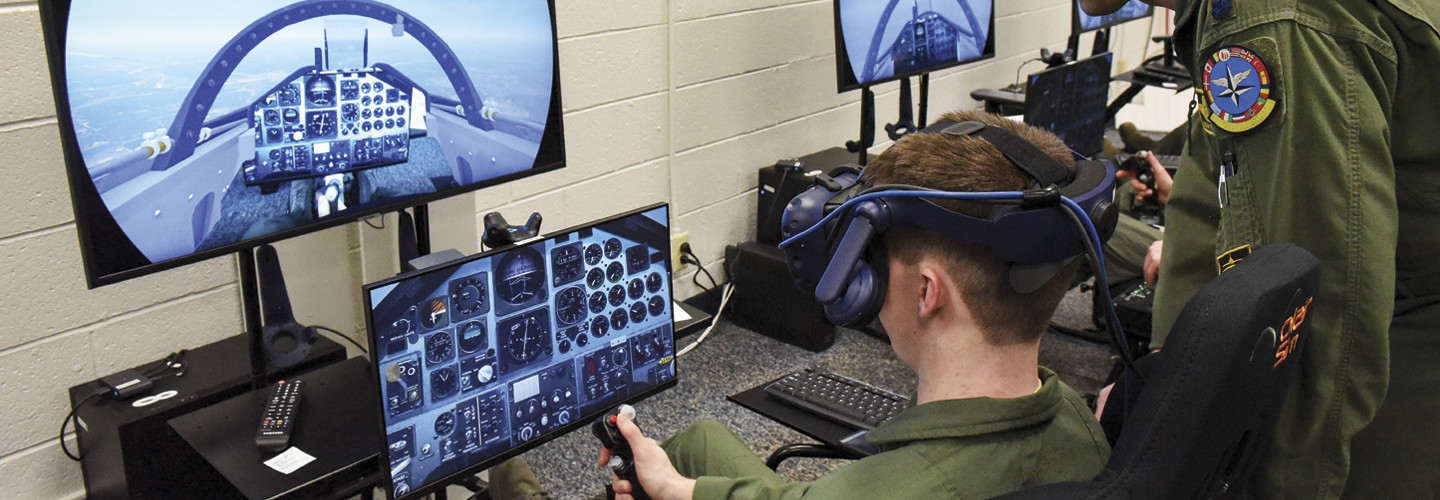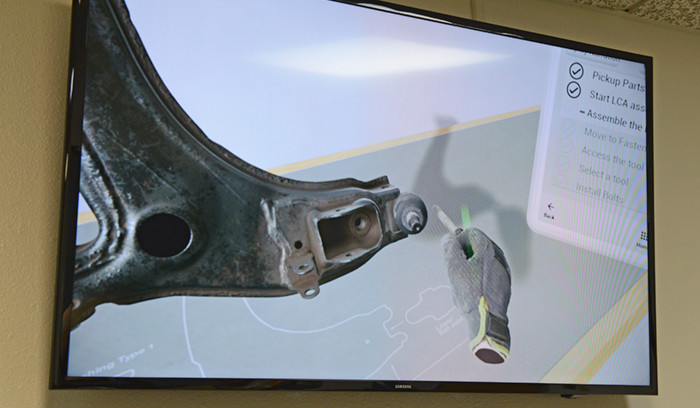VR Lets Air Force Train Pilots on the Ground
The Air Force Agency for Modeling and Simulation (AFAMS), established in 1996, is tasked with enhancing and leveraging modeling and simulation “to support and facilitate integrated, realistic and efficient operational training across warfighter domains to enhance full-spectrum readiness,” the Air Force notes.
The unit is located in the Central Florida Research Park in Orlando, Fla., near other Defense Department, contractor and educational organizations focused on modeling and simulation. Over the past few decades, the Air Force has set up training ranges to do real air-to-air combat training.
“The problem we have today is our enemies have got the same technology we have, and our ranges really don’t provide the same experiences they used to,” Col. Robert H. Epstein, commander of AFAMS, says in a DOD post.
“We don’t want to give away all our capabilities by radiating in free space, so it’s driving us more and more to [figure out] how we can go into a virtualized synthetic environment to allow us to do that training that we think we’ll see in combat,” Epstein adds.
AFAMS is part of Team Orlando, a collaborative effort that includes all military branches, industry and academic organizations.
“We sit here within partnership buildings that house both military and University of Central Florida researchers and academics,” says David Wells, deputy director of the UCF Institute for Simulation and Training, in the post. “[We’re] all working together to improve modeling simulation.”
“You have to be ready for what’s coming next, and that’s what the simulated environments we’re trying to create are going to drive us to,” Epstein adds.
READ MORE: See how the Navy uses VR to train aircraft carrier crews.
“It’s a digital age. Virtual reality is not uncommon. Rapid change is the norm right now. So, yes, VR and augmented reality technologies are of huge importance in the way we innovate moving on, because that’s what this generation is used to,” says Alethea Duhon, technical director at the Air Force Agency for Modeling Simulation, in the post. “Technology is catching up. We cannot slow down.”













